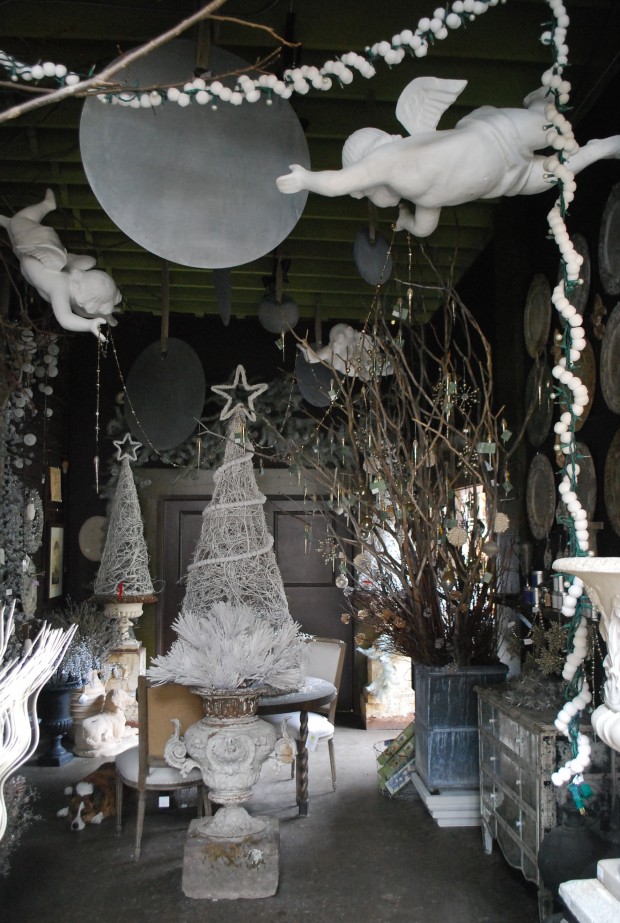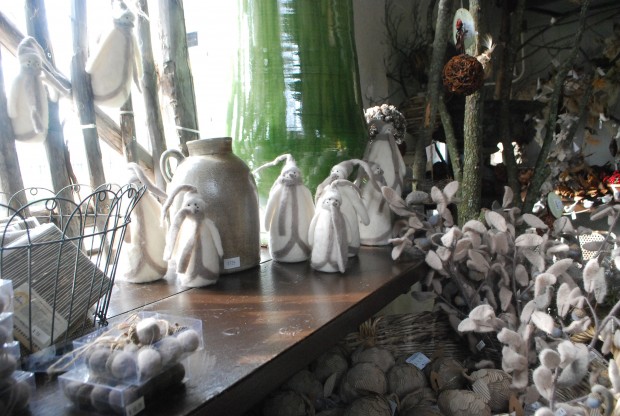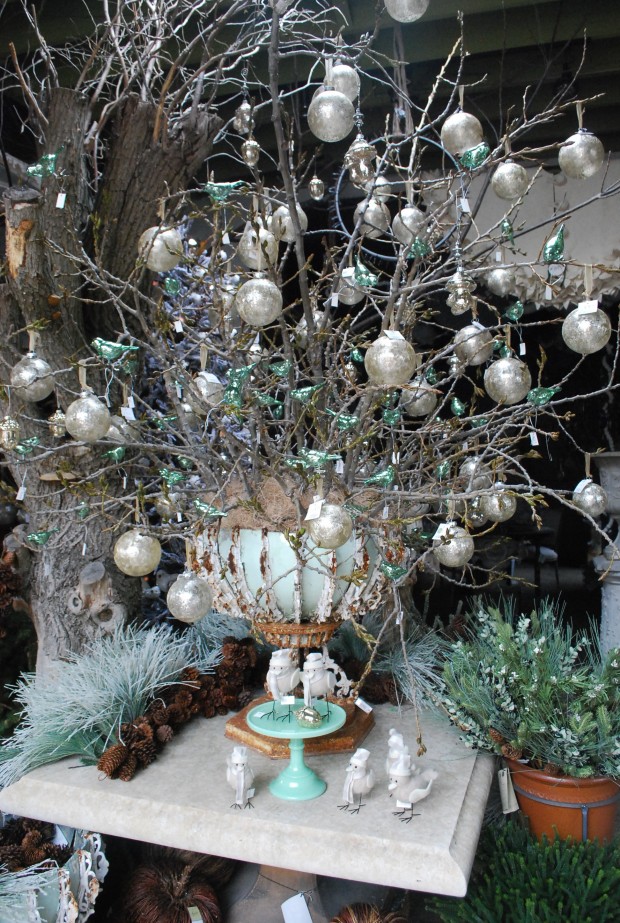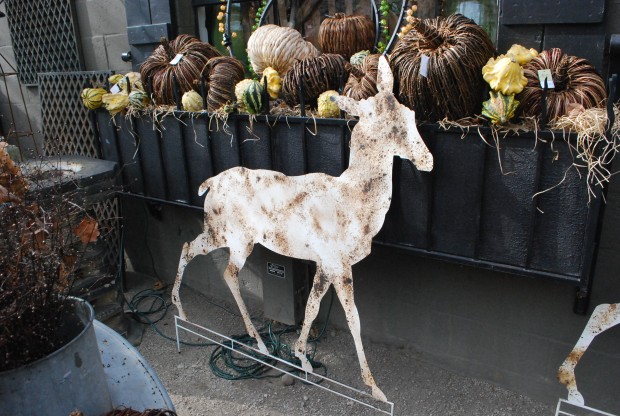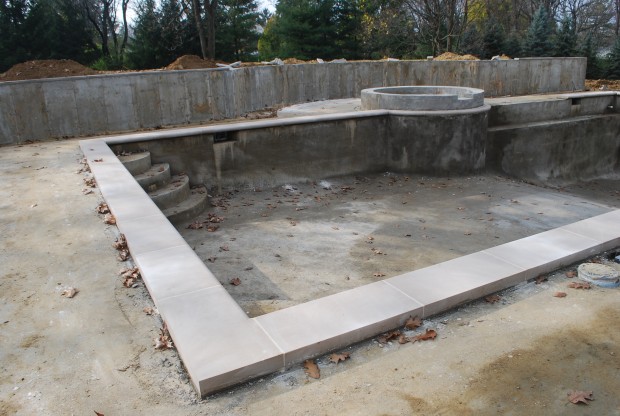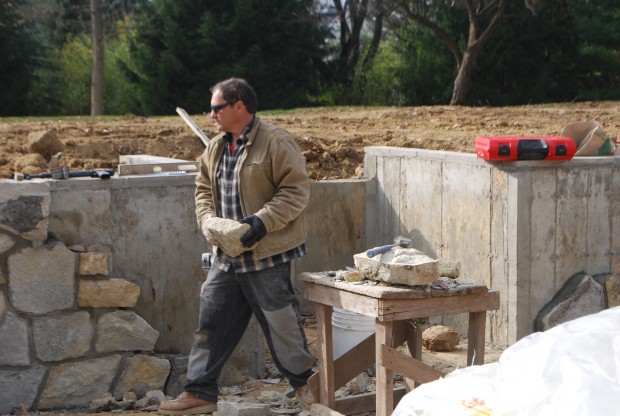We have offered these life size grapeview deer sculptures at Detroit Garden Works for many years now-I never tire of them. Unlike the deer that can devastate a bed of hostas, or chew the bark from treasured trees, these deer sculptures are beautiful in almost any landscape or garden.
On the inside, they are heavy gauge welded steel rod. This makes them incredibly strong and sturdy. If we place one in a landscape bed, we drive steel rebar deep into the ground next to each leg, and wire the steel frame of each foot to the rebar pins. This keeps them in place and upright, in all kinds of weather.
In spite of the steel inside, the sculptures are very graceful, and capture the spirit of the beast. The long legs and overscaled ears of this pair instantly identifies them as fawns.
The grazing doe has a long graceful neck and petite sized legs. The doe, buck and fawn are life size, and can be sculpted in a standing, grazing, or lying down position. Whether a single deer, a trio, or a herd, they are beautiful in a garden. Some of that beauty has to do with the material itself.
Vitis, or grape, is hardy in many places in the US. Wild concrod grapes are common in my area. The vines, harvested after the leaves fall, are the basis for many natural sculptural forms. We have had grapevine cones, spheres, garlands, baskets, trellises, plant climbers, rustic fencing and wreaths. The vines dry a beautiful cinnamon brown color, and are amazingly durable.
We recommend sealing these sculptures once a year with WaterLox, or a similar sealer. Properly sealed, they will give many years of service in the garden. Only one client of mine has had one long enough to send it back to be redone
But the real beauty of the sculptures is the hand of the sculptor. A small group of perople make these deer. Once you see enough of them, you recognize the hand. I do not know their process, but I would guess the vines are soaked until they are pliant, and then applied and worked around the forms one strand at a time. Once vine section is parallel to the next, and very densely woven.
I feel sure the vines are sorted and graded. The larger vines form the body of the deer. Much smaller vines are used to finish the legs, and fashion the feet. The forms are sinuous and rhythmic.
I am not sure what is so compelling about them, other than to say they are a story about nature in form, material and narrative. They are not a graphic representation-they capture a certain wild spirit that is hard to ignore.
I still remember the year of the Christmas buck.













